EA Sports FC 26 – It has been three years since one of the games “tied to the childhood” of the writer bid farewell to the familiar name “FIFA,” ushering in a new era under the banner of EA Sports FC. That brand transition once left the electronic football fan community both bewildered and eagerly anticipating whether EA had what it took to create any real breakthrough.
Yet after the first two seasons, especially last year’s EA Sports FC 25, the writer cannot hide a sense of… disappointment. The heavily hyped improvements—like the new Career Mode interface or the FC IQ artificial intelligence—still feel “half-baked,” while longstanding bugs persist, making the phrase “stepping into a new era” sound like empty advertising slogans.
EA Sports FC’s rival, Konami’s eFootball (formerly PES), remains stuck in a rut, unable to find a breakout direction due to lack of content depth and licensing, while UFL—a brand-new title once expected to “trip up” EA—quickly ran out of steam even before it could hit the pitch.
Nevertheless, EA’s current landscape is far from smooth sailing. Parent company Electronic Arts has just been sold to an investment group led by Saudi Arabia’s Public Investment Fund (PIF) in a deal worth over $55 billion. This event not only alters the ownership structure but also raises a big question: will flagship game lines like EA Sports FC continue to prioritize product quality and listen to the fan community, or will they gradually get sucked deeper into the commercialization machine?
With EA Sports FC 26, this is clearly no longer just a “test” of sales or branding. The writer simply hopes to recapture some of that old FIFA feeling—the authentic and captivating football sensation that EA seems to have “forgotten” how to deliver in recent years.
Now, let’s step onto the pitch with MarkGame and see if EA can truly pull it off in the article below, shall we?
YOU WILL LIKE
Two Mechanisms, One Turning Point
First, let’s get straight to the heart of what fans always care about most in every FIFA—oops, I mean… EA Sports FC—version: the improvements and adjustments to gameplay.
And it must be admitted that it’s been a very long time—perhaps since FIFA 20—that the writer has felt such smooth and captivating football gameplay again. The biggest difference this time comes from EA’s “revolutionary” decision to completely separate the two competitive mechanisms: Authentic and Competitive. This resolves the chronic issue that’s plagued the series for years: erratic match pacing—slow and deliberate at launch, then gradually turning “superspeed” after multiple patches (influenced by feedback from FUT—Ultimate Team—players).
In the “Authentic” mechanism, EA Sports FC 26 focuses on recreating the atmosphere of a real-life match as authentically as possible, targeting players who prefer single-player (offline) experiences primarily against AI—like the writer. The tempo is restrained, with players moving deliberately; every ball reception, pass, or movement carries a sense of weight and optimized physics simulation.
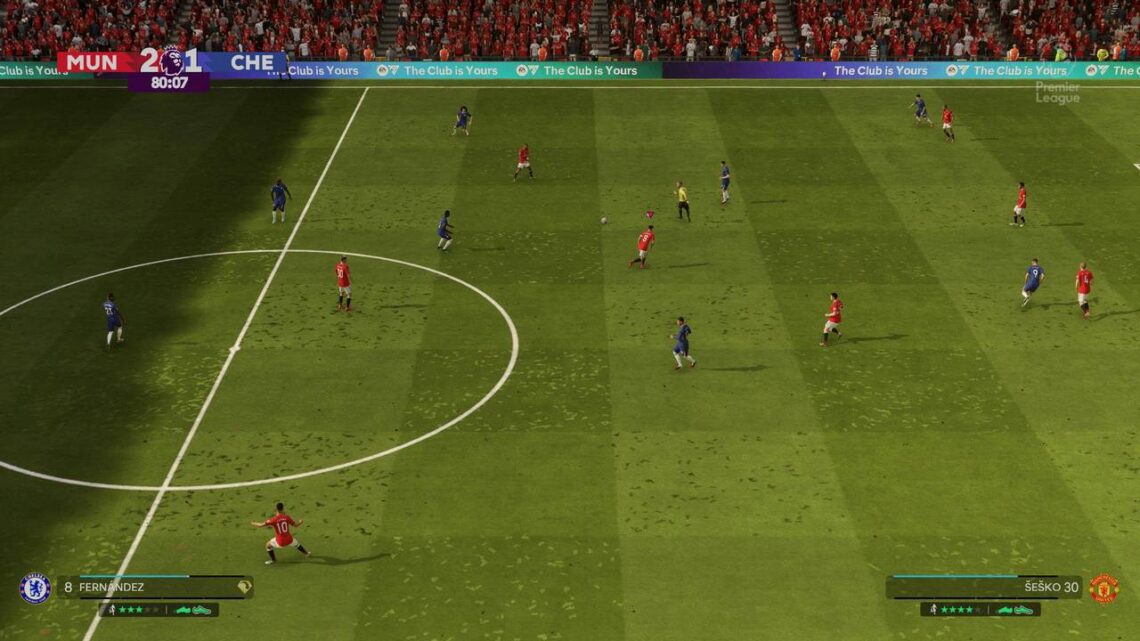
In contrast, “Competitive” is designed for those who enjoy online head-to-head matches. Games in this mode are fast, relentless, and “tense as a wire,” with players reacting to one-touch ball control almost instantly, dribbling and passing at high speed, while easily showcasing individual skill moves. In other words, this is the main playground for FUT “grinders” who want to experience the speed and explosive moments of the top-tier players they’ve just unpacked.
Since most of the writer’s playtime was spent in Authentic mode, that’s where the focus will naturally go. And right from the first few matches, it’s clear that ball control in EA Sports FC 26 has been significantly improved. Touches, passes, and receptions all carry proper weight and inertia—no longer the slippery, underpowered feel of FC 25. The overall match tempo is well-regulated, allowing players to observe, maneuver, and execute tactics instead of being swept up in the opponent’s lightning-fast counterattacks.
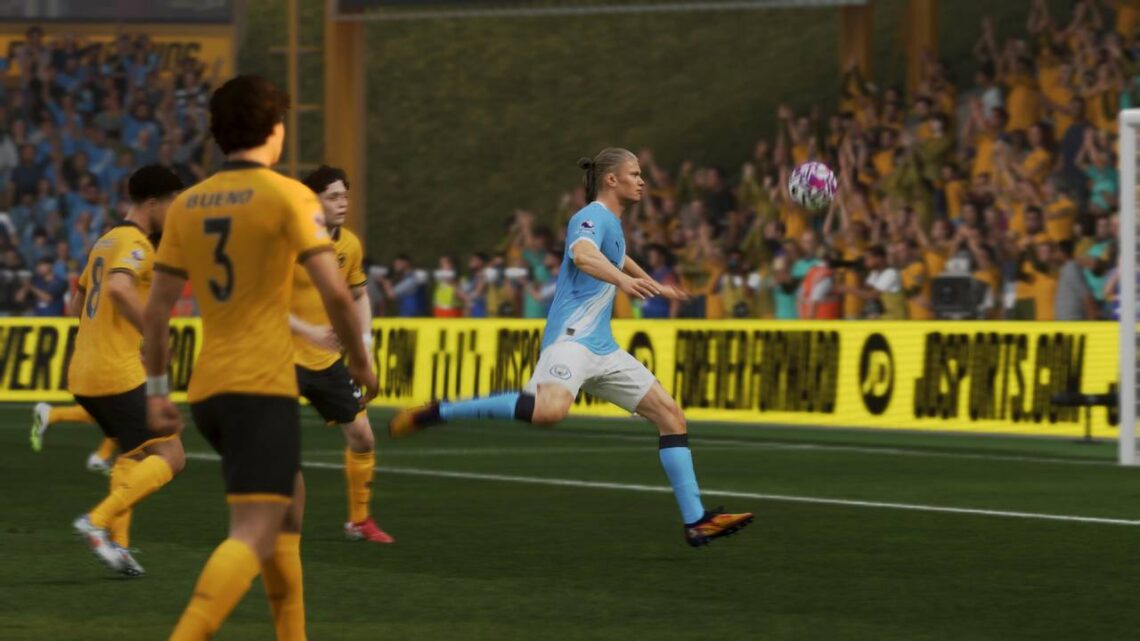
Crosses and headers are now noticeably more likely to result in goals, especially when the writer uses players with the built-in “dangerous” heading playstyle (Precision Header) like Erling Haaland or Harry Kane.
Short passes rarely go “off-target” as they did in FC 25, and dribbling with the analog stick feels far more precise and fluid. Most notably, AI teammates now make smarter off-the-ball runs—they actively seek space, provide timely cover, and no longer stand rooted to the spot as before. In the past, players had to combine L1 (on PlayStation controllers) with the pass button to trigger runs, but now the AI “reads the game” on its own and bursts into space when the moment calls for it.

As soon as the ball enters the opponent’s half, you’ll often see not just midfielders but even center-backs pushing high to break the deadlock. This makes short-passing playstyles like Tiki-Taka flow more smoothly and naturally, creating more through-ball opportunities and creative combinations instead of recycling the same attack pattern on Legendary or Ultimate difficulty like before.
Career Mode players aren’t locked into Authentic either—they can switch to Competitive anytime for that high-speed, flick-the-stick-like-roasting-peanuts feel and one-touch passes that zip like lightning.
The beauty of this separation is that EA can now fine-tune each mode independently. For example, if a “meta” (a dominant community playstyle) becomes overpowered in Competitive, it can be nerfed without affecting the Authentic experience…..
The biggest difference this time comes from EA’s “revolutionary” decision to completely separate the two gameplay modes: Authentic and Competitive.
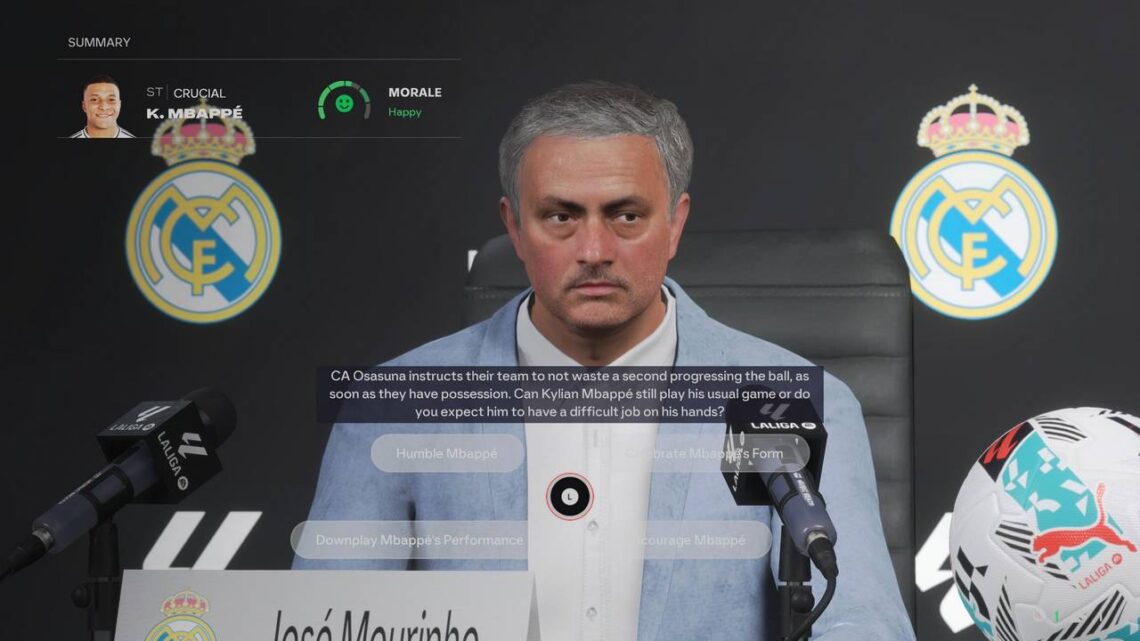
Small but Valuable Improvements!
Beyond the two separate gameplay modes, EA Sports FC 26 also introduces a host of subtle enhancements and small changes that make the overall experience smoother and more polished.
First off, AI-controlled goalkeepers are far less prone to “clowning around.” They react appropriately in most one-on-one situations and tend to push the ball to safety rather than accidentally gifting goals to the opponent like before. While there are still occasional moments of sluggish reflexes or sudden “superhero” dives that outshine even Spider-Man, overall, goalkeeper AI behavior this year is significantly more stable and reliable than in previous titles.
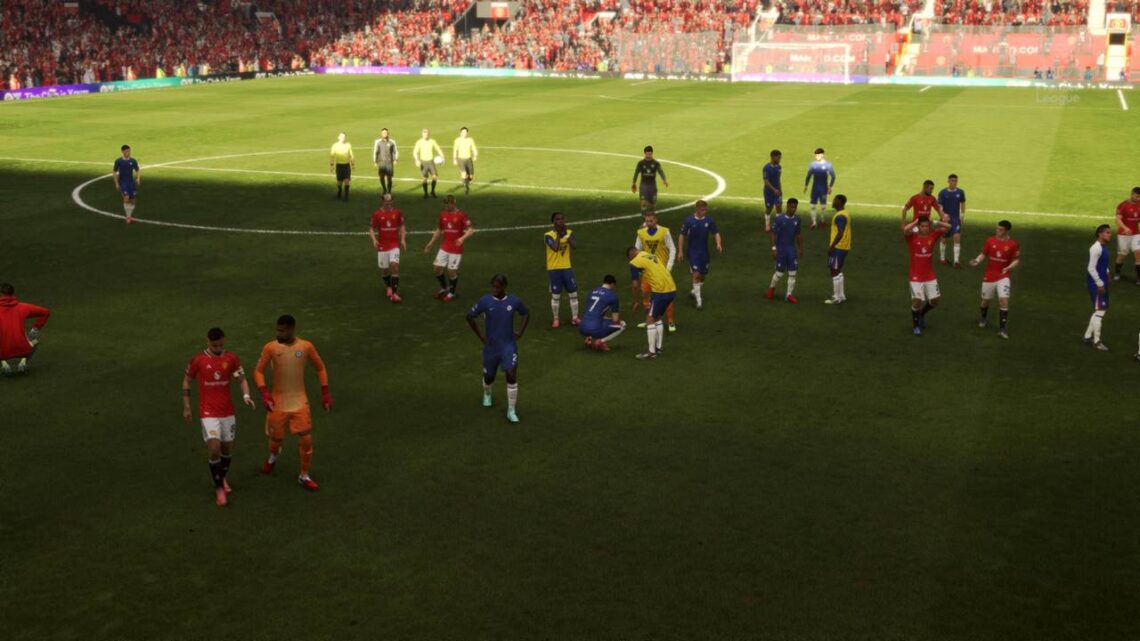
In the two Career/Manager modes, EA has sprinkled in a few small but intriguing details, such as Unexpected Events: players might get injured during training sessions, miss matches due to personal matters, or follow the new Archetype system that gives each player a unique development path.
The writer is particularly impressed with the new in-game cutscenes woven throughout matches—from the lively atmosphere outside the pitch, to coaches arguing heatedly with the referee after a red card, to the vibrant goal celebrations alongside each team’s plush mascot.
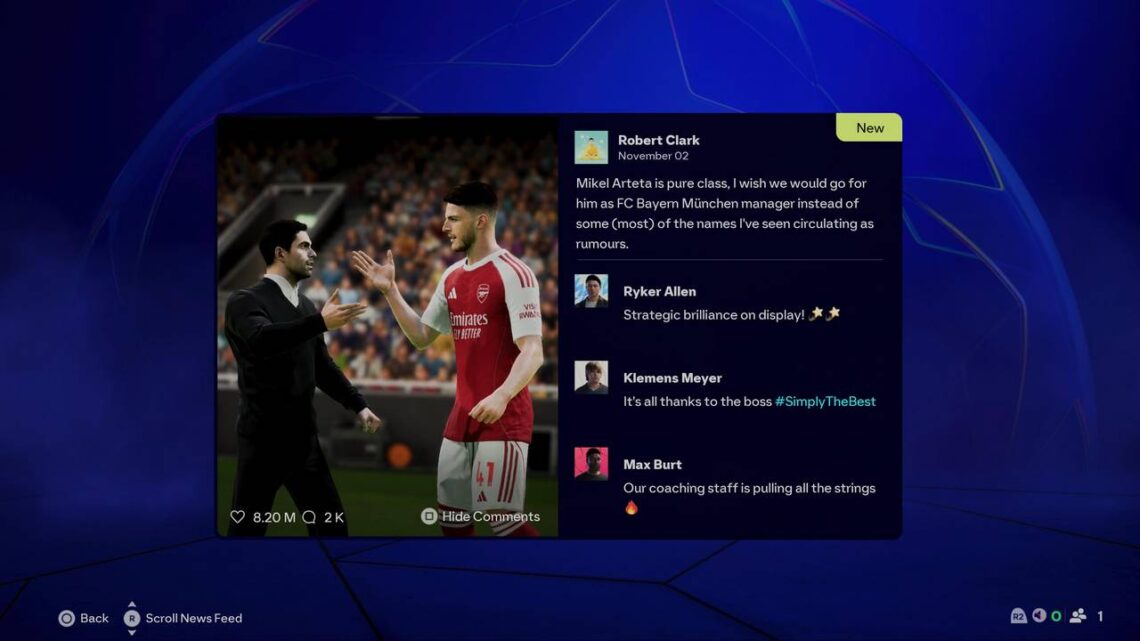
The user interfaces and user experience (UI/UX) have also received a light “makeover,” making them more player-friendly. For instance, in Manager Career, the main screen now features just two large panels on either side: one displaying emails, transfer offers, or important notifications, and the other updating football news and league standings.
Players can also create shortcuts to frequently used menus, making team management cleaner and more intuitive—no more jumping back and forth through countless windows like before.
Beyond the two separate gameplay modes, EA Sports FC 26 also delivers a variety of subtle refinements and small changes that contribute to a smoother and more cohesive overall experience.

In FUT (Ultimate Team), changes like the new Challengers mode and a revamped rewards system allow players to reach the Champions tier without needing top-tier performance. This makes higher divisions more accessible for newcomers while still maintaining an engaging level of challenge for dedicated grinders.
Another notable addition in EA Sports FC 26’s FUT is the return of Tournaments. Players can now join event-based knockout tournaments, each with specific entry requirements and squad rules. This forces you to carefully plan your tactics instead of relying on the “auto-pick” feature to assemble your strongest lineup.
YOU WILL HATE
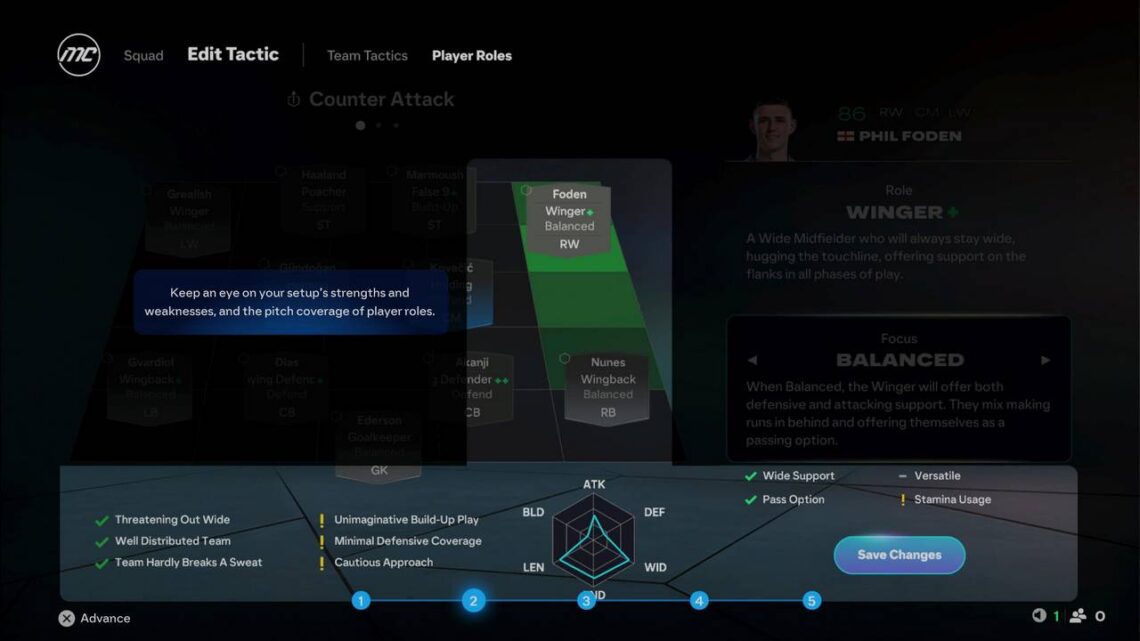
One Step Forward, Many Steps… Back
Although this year’s interface design has seen several sensible refinements, in some miraculous way, EA still manages to create… confusion with utterly baffling changes.
For example, the writer regularly plays Manager Career. In previous years, you’d simply hit Continue and jump right in. Now, two options pop up: Live and Original. To load your ongoing save, you have to pick Original, then flick the analog stick right to another window labeled… Play Now just to see the save list. It’s incredibly cryptic and convoluted—as if EA was afraid players might enter the game too quickly without properly admiring the new interface!
On top of that, loading times and switching between menus remain painfully slow, often plagued by stuttering and lag that seriously disrupt the experience.
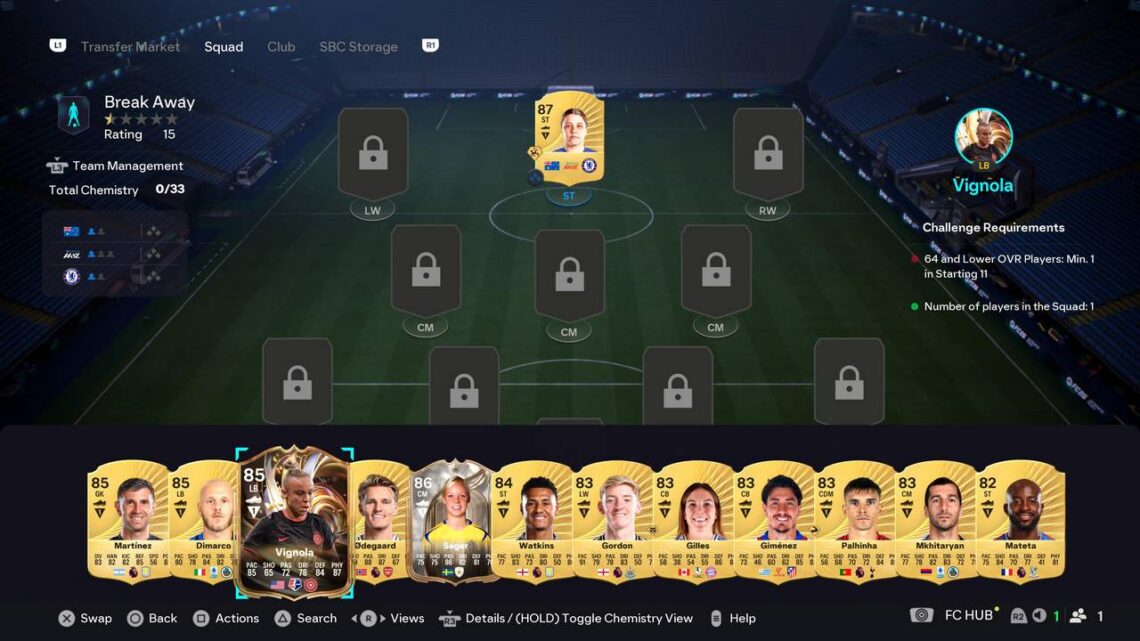
On the other hand, if you frequently play against AI in modes like Career, you’ll soon notice a frustrating issue: the AI still seems “programmed” to score in highly unrealistic, almost magical ways—a longstanding problem that EA clearly hasn’t fully addressed.
Specifically, on Legendary difficulty, the opponent’s attack appears harmless for most of the match. But the moment you take the lead, they suddenly “turn god mode” on, effortlessly turning the game around and equalizing instantly from situations that seem impossible. This scripted pattern happens far too often, creating frustration, breaking realism, and ruining the flow of matches.
Finally, while AI-controlled attacking play has made notable progress, defensive AI remains a persistent weakness. The writer has seen players with Gold-tier Intercept skills like Van Dijk clumsily fail to cut out passes, allowing opponents to waltz straight into the penalty area right in front of the goalkeeper.
On Legendary difficulty, the opponent’s attack appears harmless for most of the match, but the moment you take the lead, they suddenly “turn god mode” on, effortlessly turning the game around and equalizing instantly from situations that seem impossible.
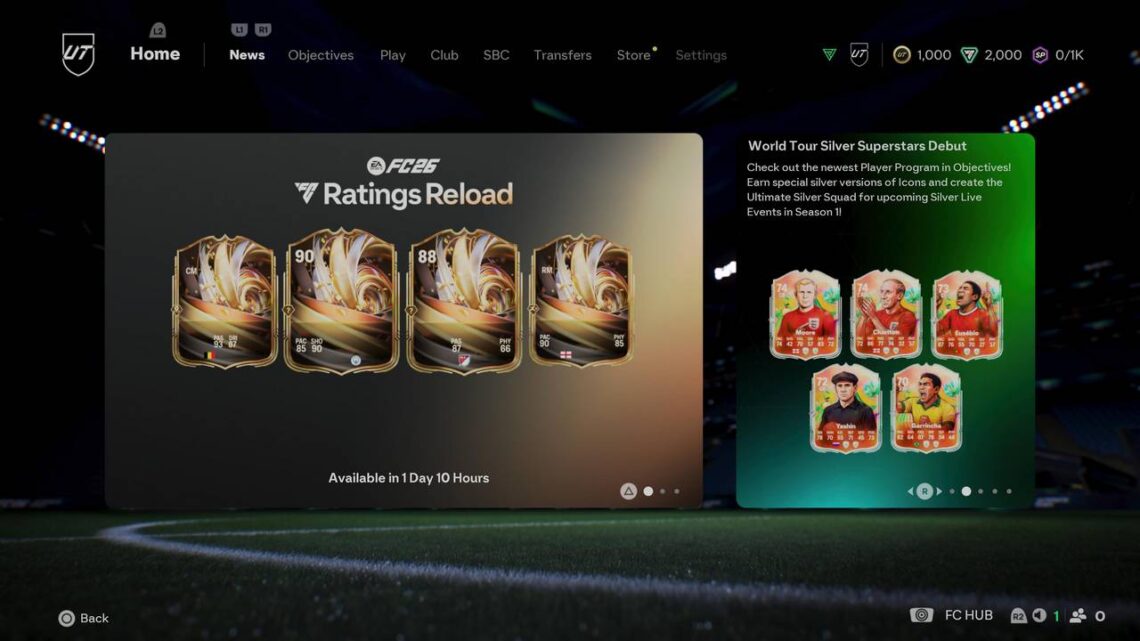
Chronic Issues Worsen Even More!
The quality of EA’s server connection this year is truly a huge question mark. It may depend on the ISP, but with the FPT connection the writer is using, disconnections—especially in FUT—happen so frequently it’s infuriating!
There was even a time when, after spending 1,000 FC Points (equivalent to $10) on a pack, just as the player stepped into the tunnel to watch the unboxing animation… boom—connection lost. Before even seeing what was pulled, the game kicked straight back to the main menu!
As for the pay-to-win factor and microtransaction pressure, FUT in EA Sports FC 26 has nearly reached a severe imbalance. Once you hit Division 4, you’ll regularly face squads worth hundreds of thousands of coins. Many players on social media complain that even after grinding dozens of matches and completing daily objectives, the coins earned are nowhere near enough compared to those who pay real money for FC Points—especially when trying to complete attractive SBCs (Squad Building Challenges) like ICONs, TOTW, or Promo events.

The problem is that SBCs have lost their “fun-first” spirit and now feel more like an investment wall. Squad requirements are increasingly strict (ratings, nationalities, leagues), while the prices of “fodder” cards (benchwarmers used as fillers) have skyrocketed. As a result, SBCs—once a fun feature—have become a burden for casual players. Those who don’t pay (or pay little) are automatically left behind in both squad quality and rewards, creating a clear sense that the SBC system now prioritizes “whales” over genuine fans of the game.
On another note, no year has relied so heavily on grinding the Season Pass to “unlock” content as EA Sports FC 26. Even single-player modes like Career are noticeably affected. For example, despite owning the Ultimate Edition of EA Sports FC 26, the writer still can’t use legends like Luis Figo or David Beckham as managers—because nearly all of them are locked behind the Season Pass progression bar. And remember, this version already costs $100—yet players still have to spend extra just to unlock minor features like these. It’s truly unimaginable!
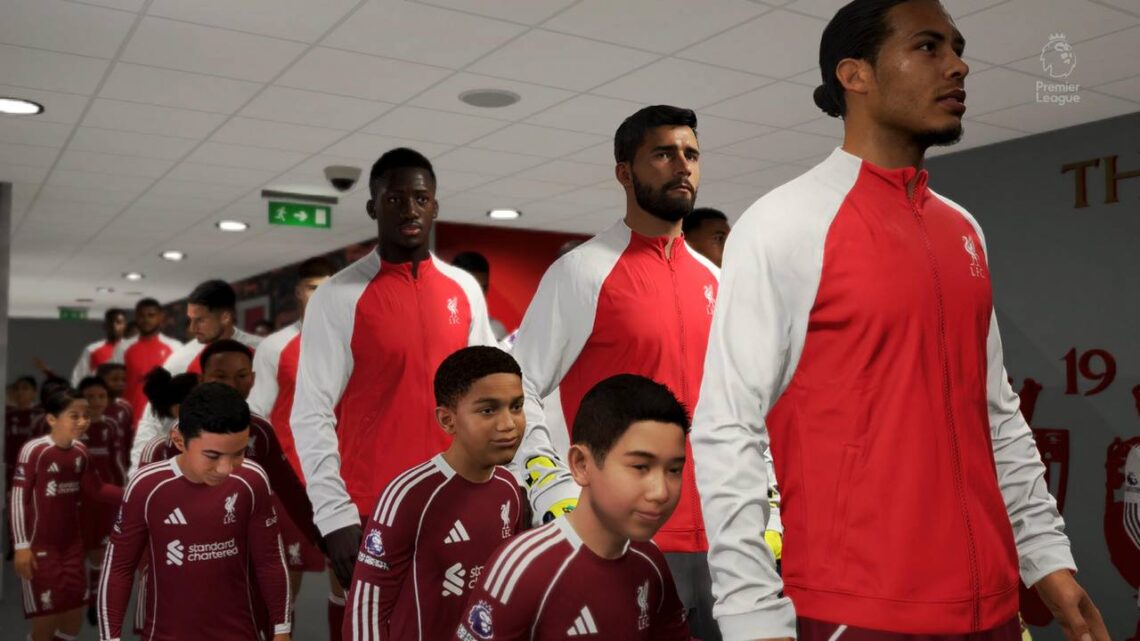
In terms of graphics, the game is pretty much… treading water. If you were expecting a major leap forward in EA Sports FC 26, sorry to say: everything is “same old, same old.” Last year the writer played FC 25 on PS5; this year upgraded to PS5 Pro with a 4K OLED TV supporting VRR (Variable Refresh Rate)—yet the visual experience barely feels any different. At best, zooming in on player models, grass textures, or stadium details shows a slight improvement, but from a normal viewing distance, you’d be hard-pressed to notice.
As for the “token additions” like first-person POV for players and referees—they’re still there, though honestly, they add nothing worthwhile except making the writer feel… dizzy. And the pack-opening animations in FUT? Players now burst out and dance like maniacs—as if we’re in Fortnite or something.
Seriously, EA!? This is supposed to be a football game!
No year has relied so heavily on grinding the Season Pass to “unlock” content as EA Sports FC 26









